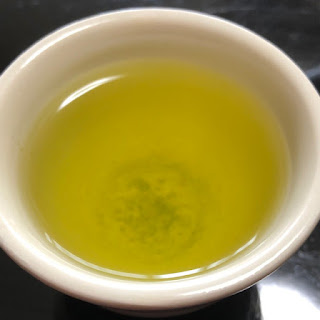The history of Japanese black tea dates back to 1870’s. The tea was one of the most important export items during Meiji period (1868-1912). Although Japan exported large quantities of the tea overseas, it gradually lost its competitiveness in terms of price and quality. The production sharply dropped, especially after the import restrictions were lifted in 1971. In the end, the industry was virtually destroyed in 1970’s.
By around 2000, Japanese black tea came to be found here and there again, and is now becoming more popular as “wakocha” and “jikocha”
Mr. Niroku Muramatsu, who just turned to 80 years old, is a pioneer who has revitalized the current black tea industry in Japan. Unfortunately, some of his tea factory and his house were burnt down a couple of months ago. But he’s pledged to rebuild his factory and continue to produce tea. His passion and love to tea will never fade.
Benifuki is one of the most popular cultivars for Japanese black. His tea has a beautiful copper color with an apply note and a pleasant astringency. Good with milk too.
 |
| Mr Muramatsu's Benifuki Black 2019 |
Tea together with “2 and 6” biscuits, which is named after his first name, Niroku (ni=2, roku=6 in Japanese).
 |
| He is also a pioneer of japanese Oolong Tea. |


























